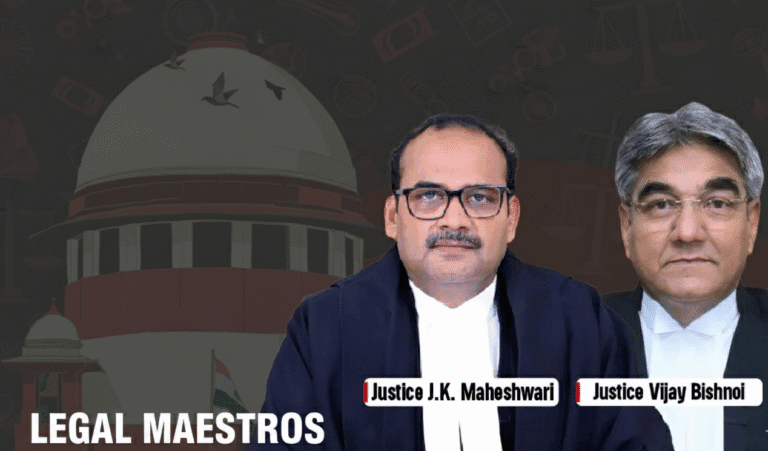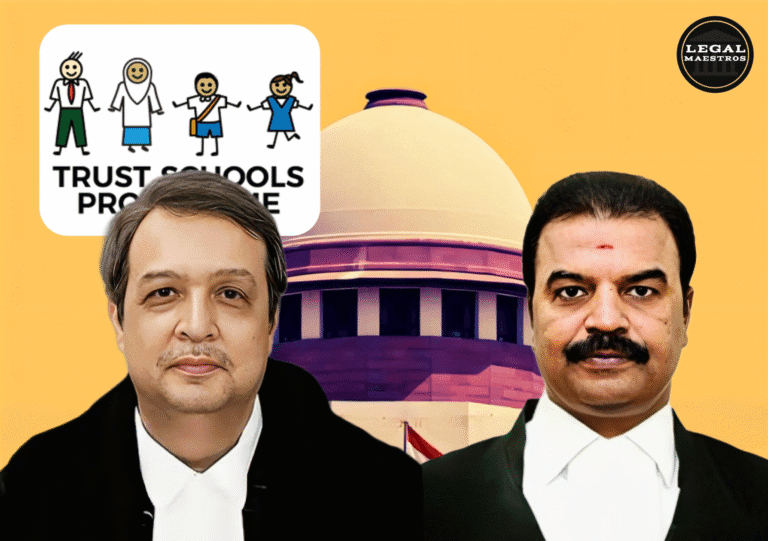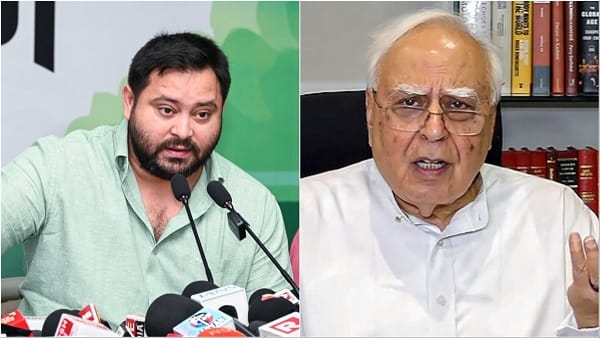
The article discusses an important decision of the Supreme Court of India that throws light on the most important procedural matters of civil litigation more so with regard to the abatement of appeals because of the death of parties. The case, BINOD PATHAK & ORS. VERSUS SHANKAR CHOUDHARY & ORS., in 2025, focuses on the responsibility of the legal practitioners and tries to move away toward technical supersession of substantial justice.
Short description of the facts of the case
This legal process since the plaintiffs filed a Title Suit (No. 106 of 1984) in Gopalganj. They wanted a declaration of the title as well as recovery of land. The law suit was at first dismissed by the trial court in the year 1989 because the plaintiffs were not able to prove their case. The plaintiffs were not satisfied by this decision and they made a First Appeal. This First Appeal succeeded and the plaintiffs were successful before the First Appellate Court in 2009 with the court up-holding their title and right of possession and were entitled to mesne profits (profits of the land during unlawful possession).
It was case of the original defendants that this decision was appealed by them in a Second Appeal to the High Court of Judicature at Patna. In the High Court proceedings, the fact emerged that certain defendants of the initial case had died in the course of the First Appeal and their legal heirs had not been brought formally on record. The High Court decided that since the decree was held to be joint and indivisible the whole of the First Appeal had abated (ceased to exist) as a result of non-substitution of the legal heirs of the decedents. The High Court therefore over-turned the ruling of the First Appellate Court, thus the successful appeal of the plaintiffs based on a procedural ground. Such ruling was made by the High Court which prompted the plaintiffs to the Supreme Court.
For any queries or to publish an article or post or advertisement on our platform, do call at +91 6377460764 or email us at contact@legalmaestros.com.
Appropriate Acts of Law: Code of Civil Procedure
Analysis by the Supreme Court mainly went around Order XXII of the Code of Civil Procedure, 1908 (CPC) that handles defaulters or fugitives, death and marriage of any party, and its insolvency.
Order XXII rules 1 and 2: Survival of Right to sue Rule 1 provides that even when a plaintiff or a defendant dies, his lawsuit does not abate due to such event when the right to sue survives. Rule 2 extends further to make it clear that where a number of plaintiffs or defendants die and the right of action passed to or against the survivor, the action may be maintained. They are basic rules because they permit continuation of legal action even when one of the parties dies as long as the material legal controversy holds.
Order XXII Rule 4 and 4A: Procedure of Substituting Legal Representatives Rule 4 of Order XXII provides the process of substitution of legal representatives of a deceased defendant on the record. In case an application to admit substitution is not made within the time required by law, the action “shall abate against the deceased defendant”. This is a very important rule since it requires an action to be taken at the right time in order to get all the relevant parties in front of the judge. Rule 4A further stipulates on how to journey when there is a lack of a legal representative so that the court appoints a person to act on behalf of the estate of the deceased.
Order XXII Rule 10A: The Pleader Duty One of the most important provisions in this case is Order XXII Rule 10A which was added to the CPC by the 1976 Amendment Act. This is a direct order to a pleader (lawyer) which requires the person to make the court aware of the demise of his client as soon as he gets to know about it. The rule is a legal fiction, that the agreement between the pleader and the defunct client will continue in existence just to this end. The justification of this rule is to avoid delay in introducing legal representatives on record and avoid the hardship experienced by the opposing party who may not even be knowledgable of the death. It is intended to make sure that technicalities of procedure do not triumph over substantial justice. According to the statements of the Law Commission and the Joint Committee, the purpose of introducing this rule was to minimise complications that may emerge once a plaintiff does not find out about the death of a defendant.
Primary Problems and the Assessment made by the Court
The fundamental questions in the case heard in the Supreme Court was whether the High Court was correct in overruling the decision of the First Appellate Court based on the reason of abatement on non-substitution of the legal heirs even in spite of the fact that the defendants (represented by counsel) themselves were at fault of not reporting the deaths to the court.
The Supreme court was not impressed with the way the high court had comprehended the law. It noted that the defendants in the First Appeal had the knowledge of the death of certain respondents but chose to stay quiet intentionally and allowed the appeal to continue on its merits. The matter regarding abatement was brought up only after the First Appeal went against them and they launched the Second Appeal.
The Supreme Court has stressed the fact that Order XXII Rule 10A is a salutary provision which has been put there to guard against the procedural technicalities prevailing over the substantive justice. It held that the fact that the defendants cannot be seen to be compliant with Rule 10A as they ought to have alerted the court on the deaths is not supposed to enable them to take advantage of the breach on their part.
The Court has made a distinction between two maxims of law:
The rule ‘ex injuria ius non oritur’ (no right can arise out of a wrong) and the maxim that so-called benefit of a wrong, so no one can take it out of his own wrong, is a maxim. Even though both are connected with the idea of clean hands, the latter concept is more extensive. The Supreme Court practically used the maxim
no man can obtain any advantage or any benefit out of his own wrong, i.e. out of his own failure to do the obligation under Rule 10A. As the High Court ruled and the appeal was allowed to abate on the basis of the silence of the defendants, it deliberately enabled them to profit using their own omission.
The Supreme Court finally concluded that the judgment made by High Court was erroneous. It pointed out that High Court had not adequately thought of the impact and intention of Order XXII Rule 10A. In failing to put the deaths to the aim of the pleader of the defendants, the High Court lost an important safeguard procedure that would promote fair play.
The High Court sent the case back to the Supreme Court because it wanted to consider the case afresh; a move that the Supreme Court vetoed. It dismissed the appeal and referred the Second Appeal back to the High Court by stating that they should re-hear the Second Appeal, in consideration of the observation of the Supreme Court on the duty, under Order XXII Rule 10A. The High Court was also ordered by the Supreme Court to determine whether the decree was actually joint and indivisible or not since this would define what should abate, the whole appeal or some parts of the appeal. The case relays the idea that procedural rules, more particularly those that are meant to depict fair play and avoid undue gain, should be strictly followed and interpreted in the appropriate manner so as to make sure that justice is not at the expense of technicalities. The case acts as a good reminder to legal practitioners of their moral and statutory responsibility of updating the court about material facts like the death of a client. Sources







